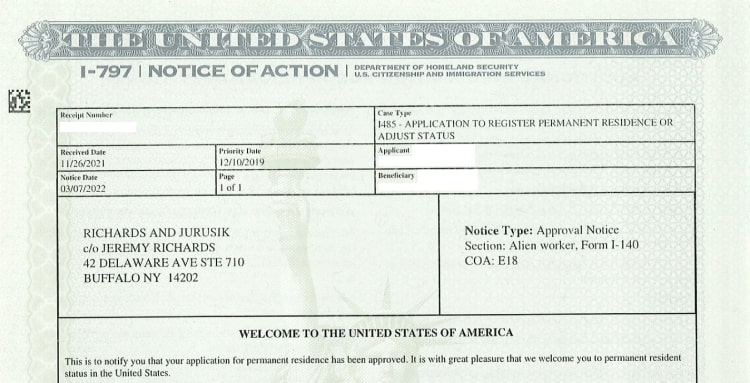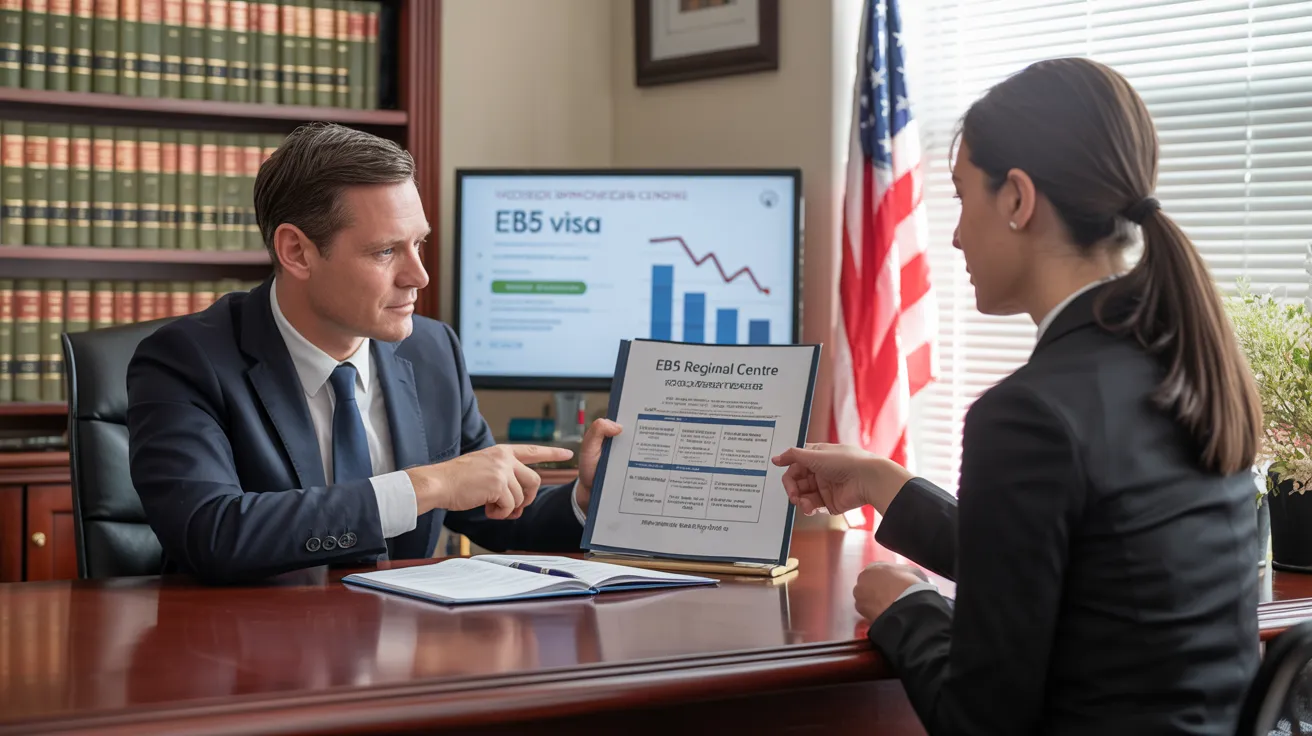L1 Visa Fundamentals Explained
Table of ContentsLittle Known Questions About L1 Visa.Little Known Questions About L1 Visa.L1 Visa Fundamentals ExplainedThe Of L1 VisaThe 8-Second Trick For L1 VisaThe Only Guide for L1 Visa
Available from ProQuest Dissertations & Theses Worldwide; Social Scientific Research Premium Collection. DHS Office of the Inspector General. Retrieved 2023-03-26.

U.S. Division of State. Recovered 22 August 2016. "Workers paid $1.21 an hour to install Fremont tech firm's computers". The Mercury News. 2014-10-22. Obtained 2023-02-08. Costa, Daniel (November 11, 2014). "Obscure short-lived visas for foreign technology workers dispirit earnings". Capital. Tamen, Joan Fleischer (August 10, 2013). "Visa Holders Replace Workers".
What Does L1 Visa Mean?
In order to be qualified for the L-1 visa, the foreign company abroad where the Recipient was employed and the U.S. business must have a qualifying partnership at the time of the transfer. The various types of qualifying partnerships are: 1.
Instance 1: Business A is included in France and employs the Beneficiary. Business B is included in the united state and intends to request the Recipient. Firm A possesses 100% of the shares of Business B.Company A is the Moms And Dad and Business B is a subsidiary. There is a qualifying connection between the 2 companies and Company B should be able to sponsor the Recipient.
Instance 2: Firm A is incorporated in the U - L1 Visa.S. and wishes to request the Recipient. Firm B is incorporated in Indonesia and employs the Beneficiary. Company An owns 40% of Company B. The staying 60% is had and managed by Company C, which has no relation to Company A.Since Firm A and B do not have a parent-subsidiary relationship, Firm A can not fund the Recipient for L-1.
Instance 3: Firm A is incorporated in the U.S. and wants to petition the Recipient. Firm B is integrated in Indonesia and utilizes the Beneficiary. Firm A has 40% of Company B. The continuing to be 60% is possessed by Business C, which has no relation to Firm A. Nevertheless, Business A, by formal agreement, controls and complete handles Company B.Since Firm A possesses less than 50% of Firm B yet handles and controls the company, there is a certifying parent-subsidiary relationship and Firm A can sponsor the Beneficiary for L-1.
L1 Visa Fundamentals Explained
Associate: An affiliate is 1 of 2 subsidiaries thar are both owned and managed by the very same parent or individual, or had and managed by the very same team of individuals, in essentially the very same ratios. a. Instance 1: Firm A is incorporated in Ghana and utilizes the Beneficiary. Company B is integrated in the united state
Business C, likewise incorporated in Ghana, owns 100% of Company A and 100% of Company B.Therefore, Firm A and Firm B are "affiliates" or sister business and a qualifying connection exists between the two business. Firm B should be able to sponsor the Recipient. b. Instance 2: Business A is integrated in the U.S.
Company A is 60% had by Mrs. Smith, 20% owned by Mr. Doe, and 20% owned by Ms. Brown. Firm B is included in Colombia and presently employs the Beneficiary. Business B is 65% owned by Mrs. Smith, 15% had by Mr. Doe, and 20% owned by Ms. Brown. Business A and Company B are affiliates and have a certifying partnership contact us in two various means: Mrs.
The L-1 visa is an employment-based visa category developed by Congress in 1970, enabling international firms to move their supervisors, execs, or essential workers to their United state procedures. It is commonly referred to as the intracompany transferee visa.

Additionally, the beneficiary should have worked in a managerial, exec, or specialized staff member setting for one year within the 3 years coming before the L-1A application in the foreign company. For new workplace applications, international employment should have been in a supervisory or executive capability if the beneficiary is pertaining to the United States to work as a supervisor or executive.
The 20-Second Trick For L1 Visa

If granted for an U.S. firm operational for even more than one year, the first L-1B visa is for up to three years and can be prolonged for an added two years (L1 Visa). Alternatively, if L1 Visa process the U.S. business is recently developed or has actually been operational for much less than one year, the initial L-1B visa is released for one year, with extensions readily available in two-year increments
The L-1 visa is an employment-based visa group developed by Congress in 1970, permitting international firms to transfer their supervisors, execs, or crucial employees to their United state procedures. It is generally referred to as the intracompany transferee visa.
The Facts About L1 Visa Revealed
In addition, the recipient should have worked in a supervisory, exec, or specialized worker position for one year within the 3 years coming before the L-1A application in the foreign business. For new workplace applications, international employment has to have remained in a supervisory or executive capability if the beneficiary is pertaining to the USA to work as a manager or exec.
for as much as seven years to oversee the procedures of the united state associate as an exec or manager. If released for a united state company that has actually been functional for greater than one year, the L-1A visa is originally approved for up to 3 years and can be extended in two-year increments.
If provided for an U.S. business operational for even more than one year, the preliminary L-1B visa is for approximately three years and can be expanded for an added 2 years. On the other hand, if the united state business is freshly established or has actually been operational for less than one year, the preliminary L-1B visa is issued L1 Visa process for one year, with extensions readily available in two-year increments.
Comments on “L1 Visa Process”